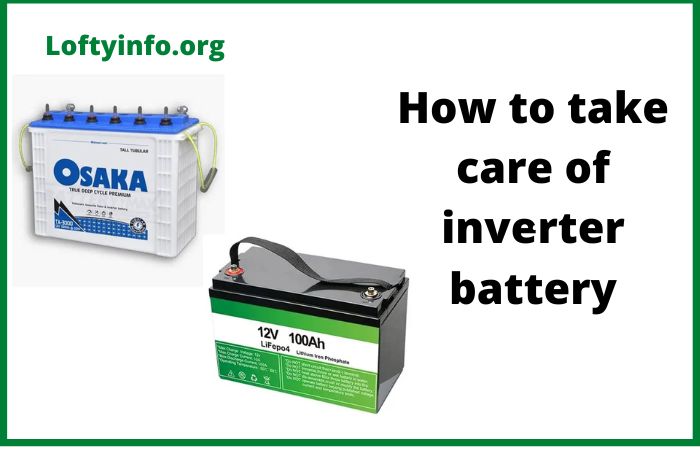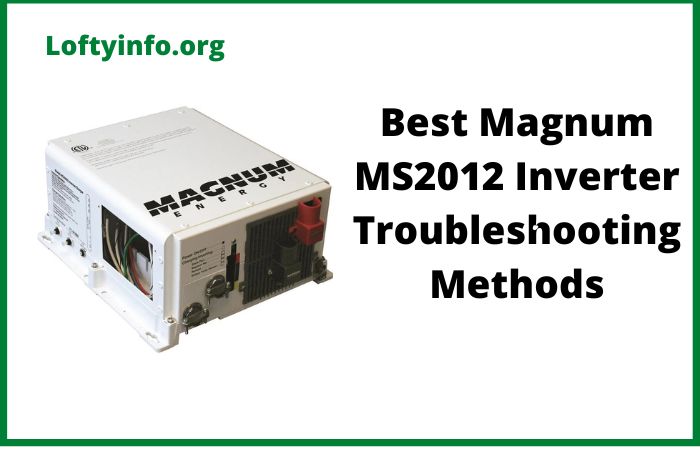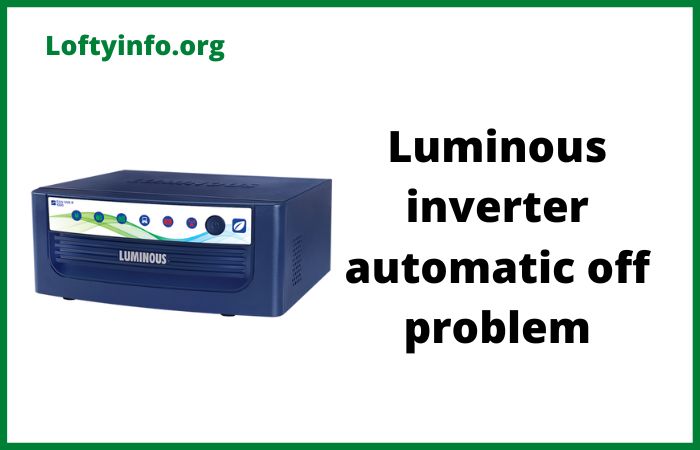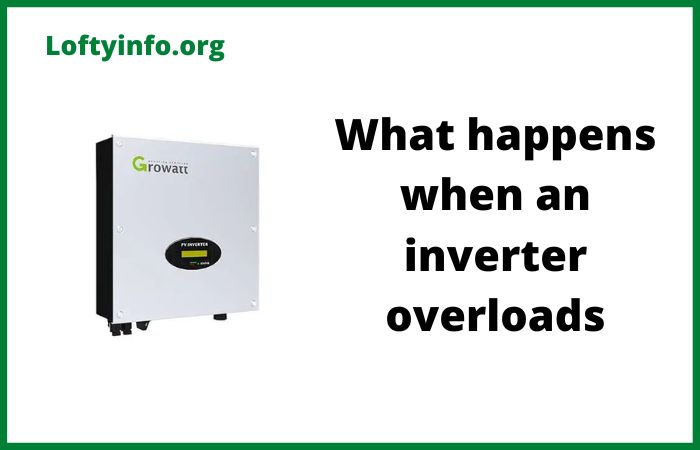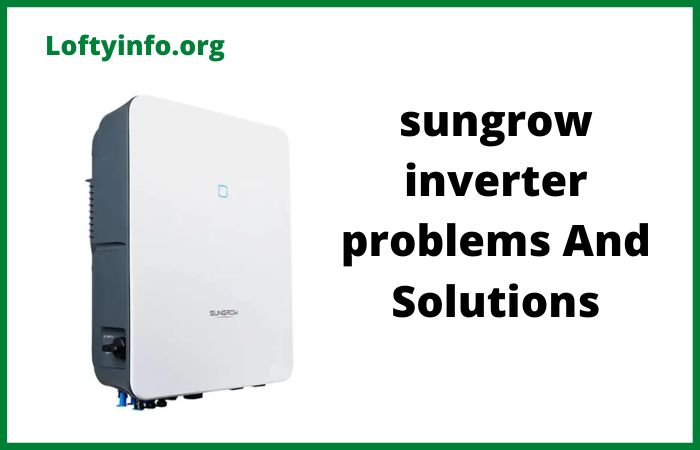How to Take Care of Inverter Battery: Essential Maintenance Guide
Power outages can disrupt your daily routine but a well-maintained inverter battery ensures your home or office stays functional during blackouts.
While inverters are reliable backup power solutions, their performance heavily depends on the condition of the battery.
Many users invest in quality inverter systems only to experience shortened battery life due to improper maintenance.
Understanding how to take care of inverter battery properly can extend its lifespan from the typical 3-4 years to 5-6 years or more, saving you money and ensuring consistent performance when you need it most.
How to Take Care of Inverter Battery
1) Regular Water Level Inspection and Topping Up
For tubular and flooded lead-acid batteries, maintaining proper electrolyte levels is fundamental to battery health.
Check the water level every month or more frequently during summer when evaporation rates increase.
The electrolyte should cover the battery plates completely, sitting between the minimum and maximum indicators marked on the battery casing.
When topping up, use only distilled water and never tap water, which contains minerals that can damage the battery plates and reduce efficiency.
Add water carefully using a funnel to avoid spillage and never overfill beyond the maximum mark.
Overfilling can cause acid overflow during charging, leading to corrosion of terminals and surrounding areas.
Always check water levels after the battery has fully charged, as levels rise during the charging process.
2) Keep Battery Terminals Clean and Corrosion-Free
Battery terminals are prone to corrosion which appears as a white, blue or greenish powdery substance around the connecting points.
This corrosion increases resistance, reducing charging efficiency and overall battery performance.
Inspect terminals monthly and clean them whenever you notice buildup.
To clean terminals effectively, first disconnect the battery following proper safety procedures. Mix baking soda with water to create a paste, then apply it to corroded areas using an old toothbrush.
The alkaline solution neutralizes the acidic corrosion.
Scrub gently until the terminals are clean, then rinse with clean water and dry thoroughly.
Before reconnecting, apply a thin layer of petroleum jelly or terminal grease to prevent future corrosion.
Ensure all connections are tight and secure, as loose connections can cause sparking and poor performance.
3) Maintain Proper Ventilation Around the Battery
Batteries generate hydrogen gas during charging which is highly flammable and potentially dangerous in enclosed spaces.
Installing your inverter battery in a well-ventilated area is crucial for safety and performance.
The battery room or cabinet should have adequate airflow to dissipate heat and gases effectively.
Avoid placing batteries in closed cupboards, airtight boxes or spaces without air circulation.
If your battery is in a dedicated cabinet, ensure it has ventilation slots or openings.
Keep the area around the battery clean and free from combustible materials.
Dust accumulation can insulate the battery, causing it to overheat during operation.
Wipe down the battery exterior monthly with a clean, dry cloth and keep the surrounding area dust-free.
Good ventilation also prevents moisture buildup, which can accelerate corrosion and electrical faults.
4) Ensure Regular and Complete Charging Cycles
Battery health depends significantly on proper charging patterns.
Avoid letting your battery discharge completely on a regular basis, as deep discharges strain the battery and reduce its lifespan.
Ideally, recharge the battery when it reaches 50% capacity rather than waiting until it’s completely drained.
Performing a complete discharge and recharge cycle once every two months can help recalibrate the battery and prevent sulfation a process where lead sulfate crystals form on battery plates, reducing capacity.
During this intentional deep discharge, let the battery power your loads until the inverter automatically shuts down, then immediately recharge it fully without interruption.
Ensure your inverter’s charging settings are correctly configured for your battery type.
Modern inverters have different charging modes for different battery technologies.
Using incorrect settings can overcharge or undercharge the battery, both of which are harmful.
If you’re unsure about your settings, consult the manufacturer’s manual or a professional technician.
5) Monitor Battery Temperature and Prevent Overheating
Temperature significantly affects battery performance and longevity.
The optimal operating temperature for most inverter batteries is between 20°C and 25°C (68°F to 77°F).
Higher temperatures accelerate chemical reactions inside the battery, leading to faster degradation, while extremely cold temperatures reduce capacity and charging efficiency.
Install the battery in a location that remains relatively cool throughout the year.
Avoid placing it near heat sources like boilers, water heaters or in direct sunlight.
If you live in a hot climate, consider installing the battery in the coolest part of your home.
During summer, you may need to check water levels more frequently as heat increases evaporation.
Some modern inverters come with temperature sensors and compensation features that adjust charging voltage based on ambient temperature.
Ensure these features are enabled if available.
If your battery feels excessively hot to touch during charging or operation, it may indicate a problem requiring professional attention.
6) Conduct Periodic Load Testing and Performance Checks
Regular performance monitoring helps identify issues before they become serious problems.
Most modern inverters have digital displays showing battery voltage, charging current, and backup time.
Familiarize yourself with normal readings for your system and watch for unusual changes.
A healthy, fully charged 12V battery should show approximately 12.6 to 12.8 volts when not under load.
If your battery voltage drops significantly below this when fully charged or if you notice substantially reduced backup time compared to when the battery was new, these are signs of degradation.
Keep a log of backup times during power outages to track gradual capacity loss.
Every six months, conduct a simple load test by fully charging the battery, then running typical household loads and noting how long the battery lasts.
Compare this with previous tests and the manufacturer’s specifications.
If you notice a dramatic decrease in backup time, say 50% or more reduction from the original capacity, the battery may be nearing the end of its useful life.
7) Protect Against Overloading and Excessive Discharge
Understanding your inverter’s capacity and staying within it is essential for battery longevity.
Overloading the inverter forces the battery to supply more current than it’s designed for, generating excessive heat and causing rapid degradation.
Calculate the total wattage of appliances you’ll run during power outages and ensure it doesn’t exceed 80% of your inverter’s rated capacity.
Avoid connecting high-power appliances like air conditioners, water heaters or electric stoves to the inverter unless it’s specifically designed for such loads.
These appliances can drain the battery within minutes and may damage both the battery and inverter.
Prioritize essential loads like lights, fans, communication devices and critical equipment.
Some inverters have low-voltage cutoff settings that automatically disconnect loads when battery voltage drops too low, preventing damage from excessive discharge.
Ensure this feature is properly configured.
Frequent deep discharges will significantly shorten battery life, so plan your power usage during outages accordingly.
8) Schedule Professional Maintenance Annually
While regular DIY maintenance is important, having a professional technician inspect your inverter and battery system annually can catch issues you might miss.
Professionals can perform comprehensive tests, check internal connections, measure specific gravity of electrolyte solution (for appropriate battery types) and ensure all safety systems are functioning correctly.
During professional maintenance, technicians can also update inverter firmware if applicable, recalibrate charging parameters and provide specific recommendations based on your usage patterns.
This annual checkup is particularly valuable for older batteries approaching the end of their typical lifespan, as professionals can advise whether replacement is imminent or if the battery has more life remaining.
Learning how to take care of inverter battery effectively involves consistent attention to these maintenance practices.
While it requires some effort, the rewards are substantial—extended battery life, reliable backup power when you need it, better return on your investment and reduced risk of unexpected battery failure during critical moments.
By incorporating these maintenance habits into your routine, you ensure your inverter system remains a dependable safeguard against power disruptions for years to come.
How to prevent frequent inverter damage when connected to grid
How to make tubular inverter battery last for a long time
How to configure inverter correctly before use after installation
